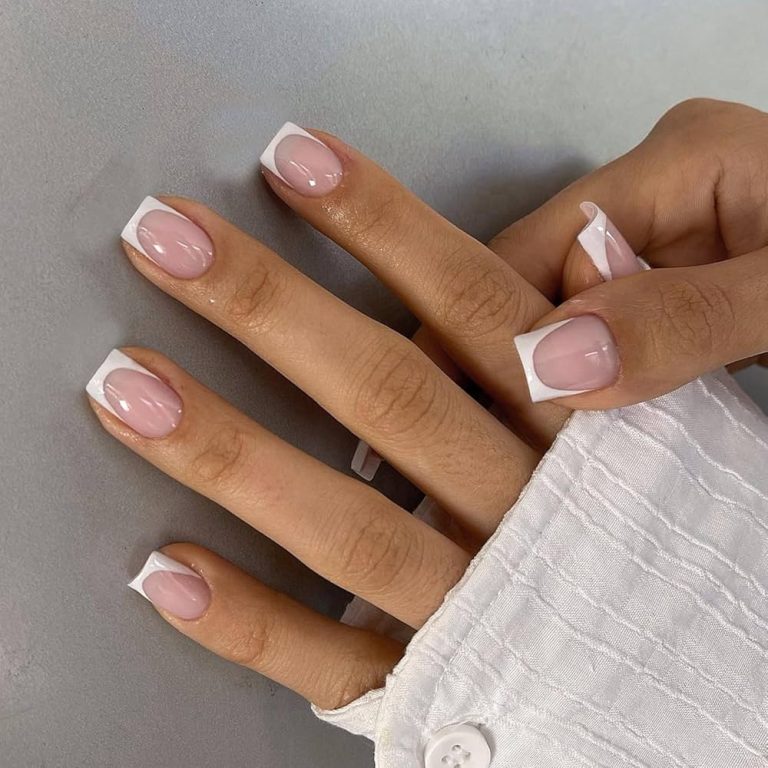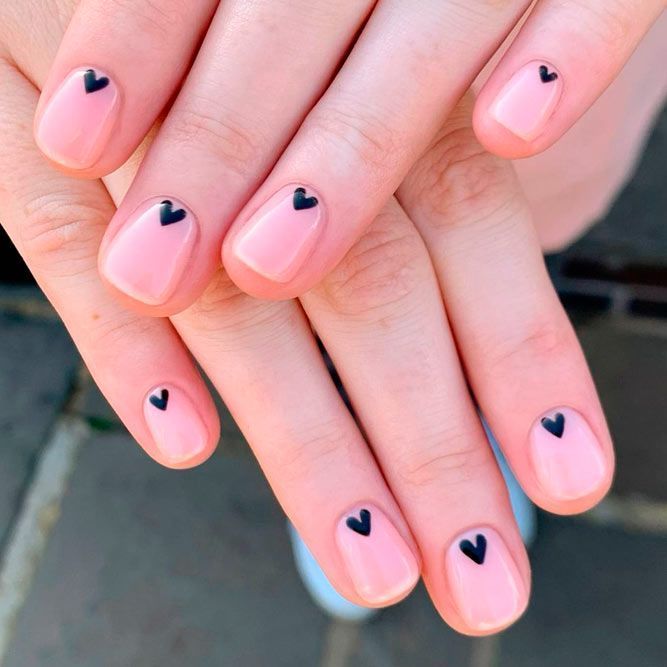
Mastering the Art of Shaping Natural Nails
Introduction to Natural Nail Care
Good nail care starts with understanding shapes and tools. How to shape natural nails?Let’s dive in.
Why Natural Nail Shape Matters
The shape of your nails can enhance your hands’ look. It matters for style and comfort. A good shape matches your finger type and manicure desires. It can make fingers look longer or nails stronger. So, picking the right shape is key for beautiful, healthy nails.
Essential Tools for Shaping Natural Nails
To get the best shape for your natural nails, having the right tools is crucial.
Choosing the Right Nail File
How to shape natural nails?Selecting a nail file is key for precise shaping. Look for a file with a grit level between 180 and 240, known as an emery board. This grit is ideal for natural nails, providing enough abrasion to shape without causing splits or damage. Use gentle, one-way strokes to avoid weakening the nail structure.
The Role of Nail Clippers in Shaping
Nail clippers are useful for quickly reducing length. Use clippers before filing to make shaping easier. Choose a straight edge for square shapes, or a curved one for rounder edges. Remember, clippers are for trimming length, not shaping the nail. Save the detailed shaping for your file to prevent accidental nicks or too much removal.
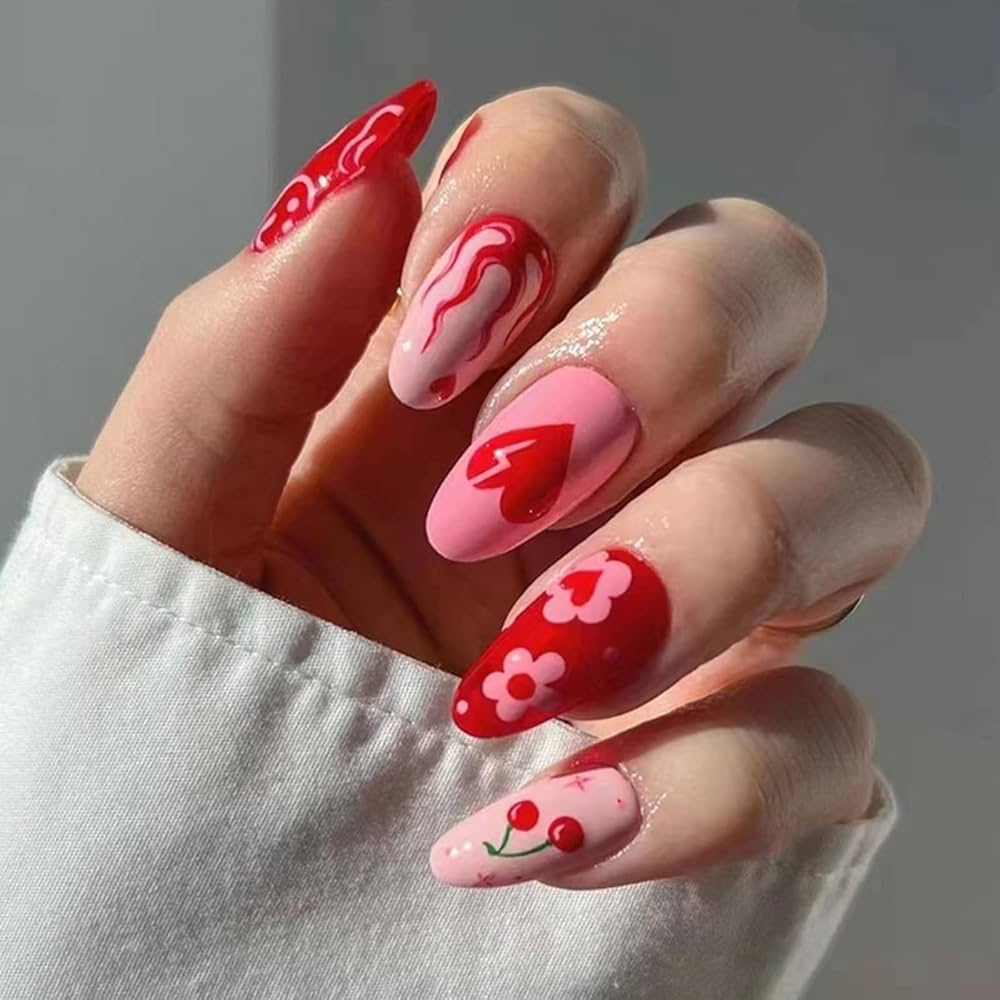
Step-by-Step Guide to Filing Natural Nails
Getting the perfect nail shape isn’t hard. How to shape natural nails?You just need the right approach and a bit of patience. Here’s how to file natural nails, step by step.
Preparing Your Nails for Shaping
Before you start filing, preparation is key. First, clean and dry your hands and nails. Ensure no polish or residue remains. Next, choose your file. A 180 to 240 grit file is best. Now, clip your nails if they’re too long. Do it carefully to avoid cuts.
Techniques for Filing Shaped Nails
Ready to file? Great, let’s learn the right way. Hold the file at the nail’s edge. Use even, gentle strokes. Remember, always file in one direction. This keeps layers from splitting. Work from the nail’s outer edge towards the center. This helps you control the shape. Stop often to check for evenness. Make sure both hands match.
For a rounded shape, follow the natural nail curve. For a square, file straight across. And for an oval shape, go for a wider curve. Filing techniques are alike for each shape. It’s the nail’s edge direction that changes. Remember to take it slow. If you file too fast, you might remove too much. Aim for small changes.
Once shaped, smooth out the edges. This can prevent snags and tears later on. Now, look at your work. Make any last-minute touches if needed. Lastly, wash your hands again. This clears away filing dust. Apply some oil on cuticles for hydration.
Shaping your natural nails can be simple. Follow these steps, and you’ll soon have nails that look they were done by a pro.
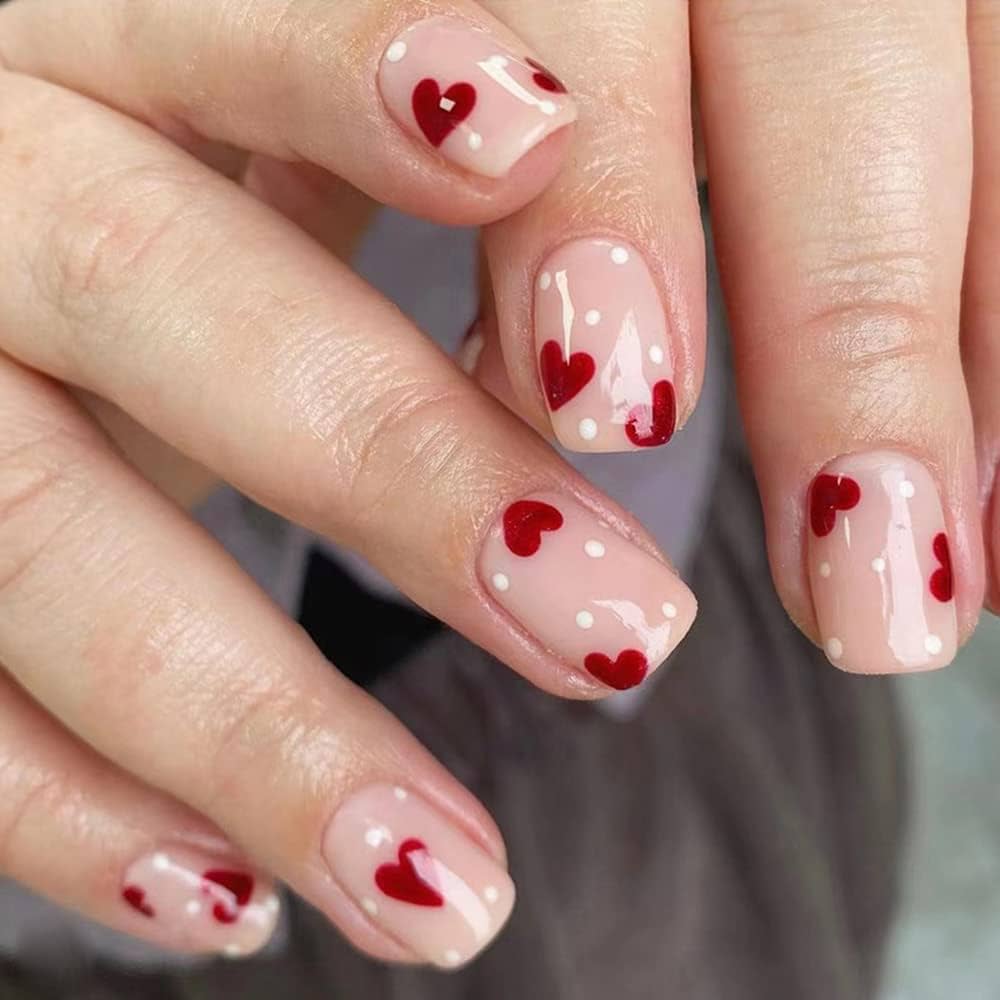
Different Natural Nail Shapes
How to shape natural nails?Navigating through various nail shapes helps create a personalized style.
Round and Oval Shapes
Round and oval shapes are classics. They suit all finger types, adding a soft, feminine touch. Round shapes mirror the natural nail curve, easy to maintain. Oval shapes extend slightly beyond the fingertip, making fingers appear longer. Both shapes are suited for shorter nails.
Squoval and Almond Shapes
Squoval nails blend square and oval. They have straight edges with rounded corners, useful for daily durability. Almond nails, resembling the nut’s shape, taper to a soft point, enhancing the hand’s elegance. They work best on longer nails and require careful filing to maintain.
Coffin and Stiletto Shapes
Coffin nails, also known as ballerina nails, combine square and oval, but with a flat tip. They need considerable length to look balanced. Stiletto nails, known for dramatic pointed tips, suit bold styles. Both shapes require regular upkeep to prevent breakage due to their distinct sharp tips.
Tips for Maintaining Shaped Natural Nails
Having the perfect nail shape is one thing, keeping it is another. Here’s how to maintain that shape for your natural nails.
Routine Maintenance for Nail Shape
To keep your chosen nail shape, file regularly. Use gentle strokes and stick to a direction. Check the shape often to catch imperfections early. Regular touch-ups prevent unwanted changes. This way, you keep your nails looking neat. Trimming is also part of maintenance. It’s best to trim when nails get too long. Always trim before you file. Hydrate your nails daily. Use cuticle oil to nurture nail health. Good hydration keeps your nails flexible and less prone to breaking. Wear gloves for chores. They protect your nails from chemicals and water. Keep a nail file handy. This way, you can fix snags or rough edges quickly.
Protecting Your Natural Nails
Your daily habits affect nail strength and shape. Wear gloves when cleaning to shield nails from harsh agents. Avoid using nails as tools. This can cause breakage and misshaping. Eat a balanced diet. Nutrients like biotin promote strong nails. Limit contact with water. Too much water can weaken your nails. Use a base coat. It protects nails from staining and splitting. Consider a nail strengthener if needed. This helps protect nails from daily wear and tear.
These simple steps ensure that your nails stay in top shape longer. They’ll thank you by looking healthy and stunning every day.
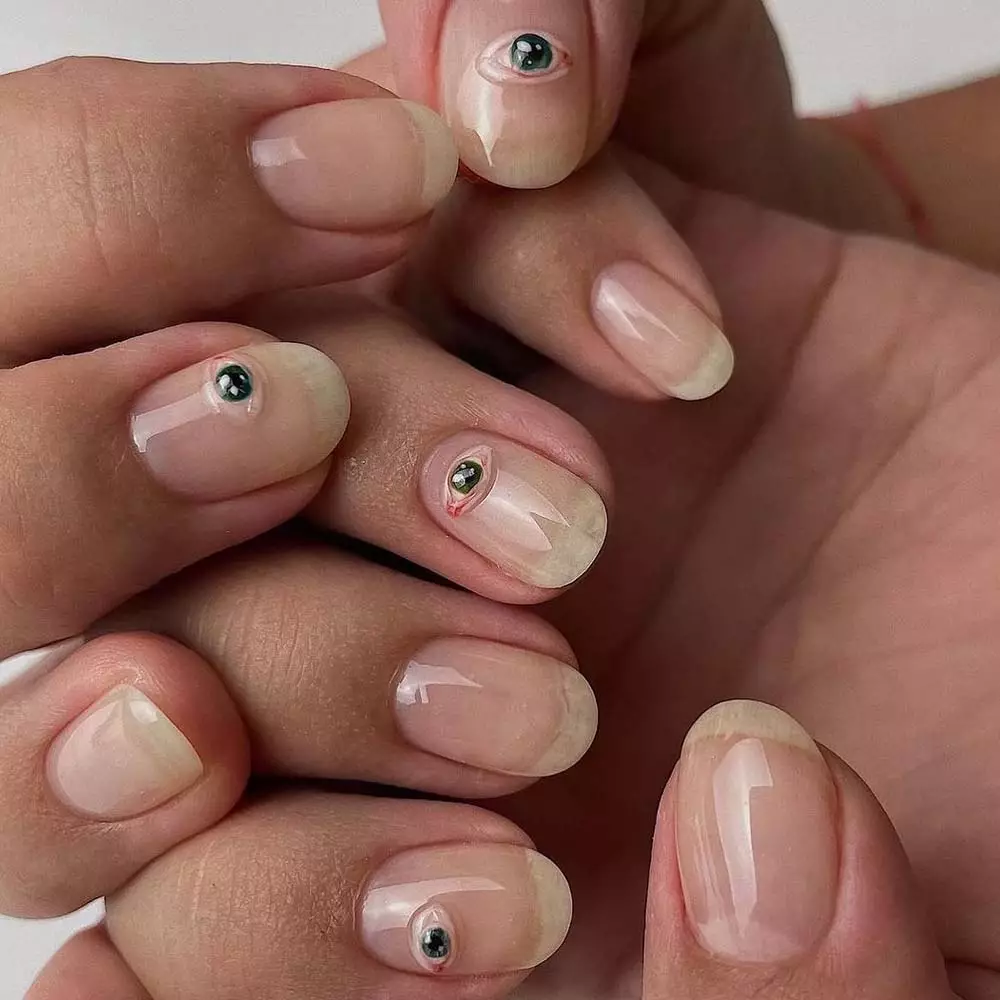
Custom Shaping for Different Finger Types
When shaping natural nails, consider different finger types. Each shape can enhance or diminish the look of your fingers.
Tailoring Nail Shape to Enhance Finger Appearance
Selecting the right nail shape can help fingers look more attractive. Here’s how to tailor your nail shape:
- Long Fingers: If you have long, slender fingers, most nail shapes can complement your hands. However, square or squoval shapes can provide a pleasant contrast and catch the eye.
- Short Fingers: For shorter fingers, try oval or almond shapes. These shapes can make your fingers look longer and more graceful.
- Wide Nail Beds: If your nail beds are broad, opt for a rounded shape. This can help create the illusion of narrower nails, leading to a more delicate finger appearance.
- Narrow Nail Beds: People with narrow nail beds may prefer square nails. This shape can give the appearance of wider, more balanced nail beds.
- Stubby Fingers: A well-filed almond shape can elongate stubby fingers. It draws attention to the nail’s tip, giving a more refined finish.
Tailoring your natural nail shape isn’t just about aesthetics; it’s about creating an appealing profile that fits your unique hand shape. By considering your finger type, you can choose a shape that enhances your overall hand appearance, optimizing for both style and comfort.
Maintaining Nail Health
Shaping nails is just one part of the nail care process. Nail health must also be a priority. To maintain healthy nails, hydration is essential.
Applying cuticle oil regularly nourishes the nails and surrounding skin. This practice keeps cuticles soft and prevents hangnails. Additionally, drinking sufficient water supports nail health from within.
Avoiding harsh chemicals is also crucial. Using gentle soaps and avoiding prolonged exposure to water protects nails. When necessary, wear gloves during cleaning or dishwashing.
Finally, consider a balanced diet. Consuming vitamins and minerals strengthens nails. Foods rich in biotin, zinc, and omega-3 fatty acids promote natural growth.
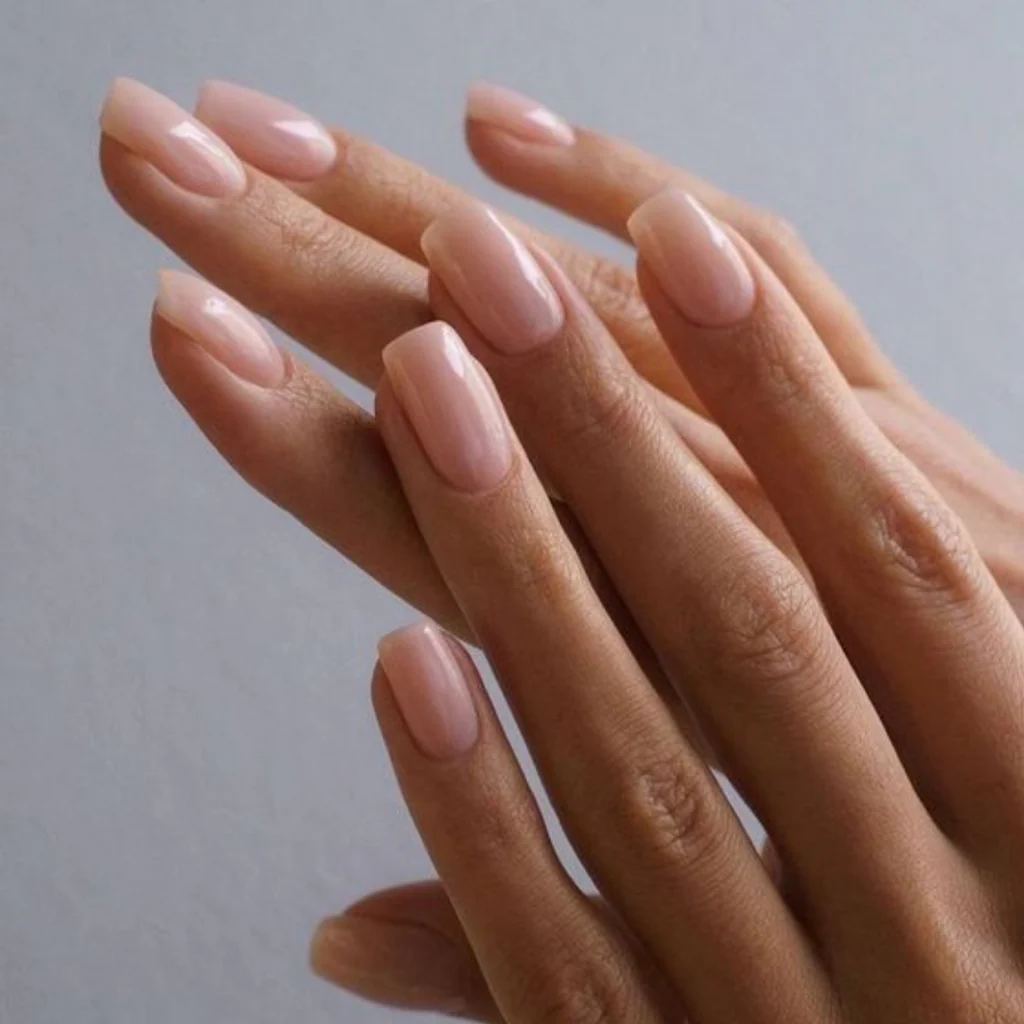
Conclusion
Summary of Best Practices in Nail Shaping
In summary, successful nail shaping begins with the right tools and methodologies. Here, we outline the key takeaways for shaping your natural nails effectively:
- Choose the Correct Nail File: To prevent damage, use an emery board with a grit between 180 and 240. This ensures adequate abrasion without harming the nails.
- Proper Filing Technique: Always file in one direction to minimize the risk of splitting the nail layers. Start from the outside of the nail and move towards the center to maintain control over the shape.
- Understand Nail Shapes: Choose a shape that complements your finger type. Round and oval are great for enhancing the fingers’ natural curves, while squoval and almond add a sophisticated touch. Coffin and stiletto shapes, though dramatic, require careful maintenance.
- Regular Maintenance: Regularly file your nails to keep the desired shape. Use cuticle oil to hydrate and strengthen the nails, protecting them from easy breaks and splits.
- Protect Your Nails: Wear gloves during household chores, avoid using nails as tools, and limit prolonged exposure to water. Nutrition is also crucial; consume foods rich in biotin for stronger nails.
- Personalize Your Approach: Adapt your nail shaping technique based on your finger type to enhance the overall appearance of your hands. Tailor the nail shape to match personal style and daily functionality.
By following these guidelines, you can achieve and maintain beautifully shaped natural nails that complement your style and personal aesthetics. Remember, consistency is key in nail care.
